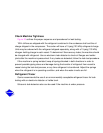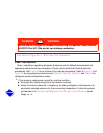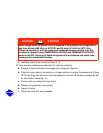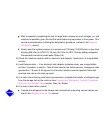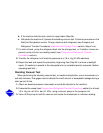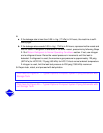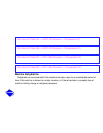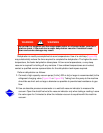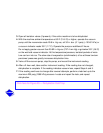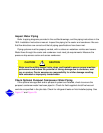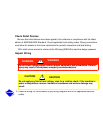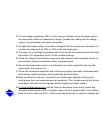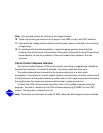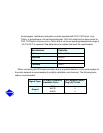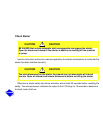
3. Open all isolation valves (if present), if the entire machine is to be dehydrated.
4. With the machine ambient temperature at 60 F (15.6 C) or higher, operate the vacuum
pump until the manometer reads 29.8 in. Hg vac, ref 30 in. bar. (0.1 psia) (–100.61 kPa) or
a vacuum indicator reads 35 F (1.7 C). Operate the pump an additional 2 hours.
Do not apply greater vacuum than 29.82 in. Hg vac (757.4 mm Hg) or go below 33 F (.56 C)
on the wet bulb vacuum indicator. At this temperature/pressure, isolated pockets of mois-
ture can turn into ice. The slow rate of evaporation (sublimination) of ice at these low tem-
peratures/ pressures greatly increases dehydration time.
5. Valve off the vacuum pump, stop the pump, and record the instrument reading.
6. After a 2-hour wait, take another instrument reading. If the reading has not changed,
dehydration is complete. If the reading indicates vacuum loss, repeat Steps 4 and 5.
7. If the reading continues to change after several attempts, perform a leak test up to the
maximum 230 psig (1585 kPa) pressure. Locate and repair the leak, and repeat
dehydration.
Click here for Figure 29 — Dehydration Cold Trap



